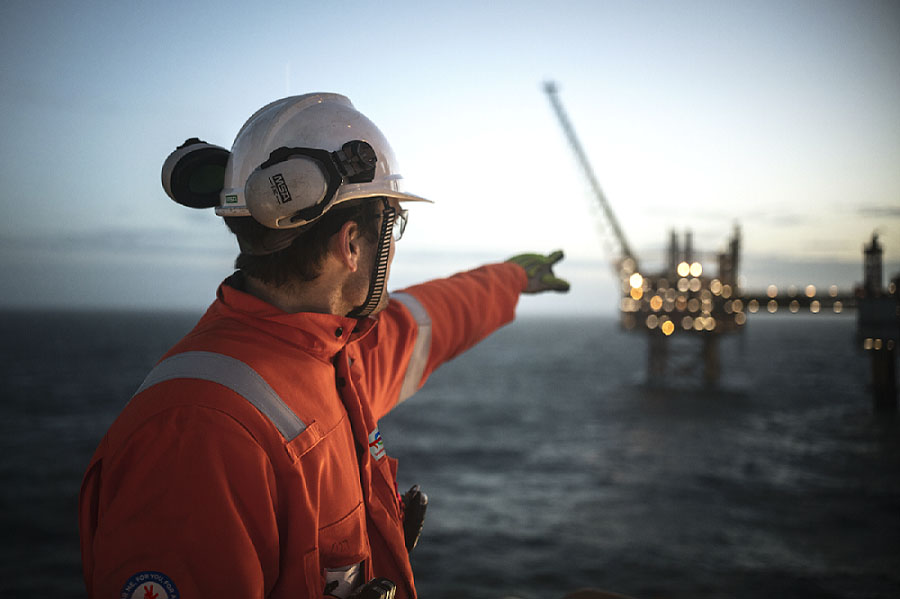Amongst the important findings in this first phase of the project is the demonstration that storing CO2 permanently into Harald West depleted sandstone reservoir is feasible. This confirms the sealing character of the cap-rock and absence of containment threat from wells previously drilled and abandoned on the structure. Some studies are also carried out to understand the potential of chalk reservoir to become CO2 stores which also shows encouraging results.
A game changer
“These early findings of injecting CO2 into both sandstone and chalk are highly promising, and it shows that we are on the right track. As most of the future depleted oil and gas fields offshore Denmark are chalk-based, this is the first step towards unlocking a larger storage potential in the entire Danish North Sea – it could be a game changer” states Centre Director Morten W. Jeppesen, DTU Offshore – Danish Offshore Technology Centre.
European hub for CO2 storage
The first part of the study confirms the partners’ expectations that project Bifrost could contribute to the ambition of Denmark to become a major European CO2 storage hub.
“Denmark has a great opportunity to develop a new industry that will contribute to Denmark’s and EU’s energy transition and promote our special expertise within climate solutions. I am proud that we have joined forces between academia and industry to blaze a trail towards new technologies and solutions which will be cost-efficient and can reduce emissions at scale” says Martin Rune Pedersen, Country Manager of TotalEnergies Denmark.
Reuse of existing infrastructure
Project Bifrost also studies different development concepts to transport CO2 to the injection site, including a full offshore concept using a floating unit for temporary storage and conditioning of the CO2 as well as the possibility to re-purpose the existing offshore gas pipeline network. The first phase of the project indicated that both offshore storage unit and pipeline transportation concepts are safe and adequate.
“We have analyzed the possibility to reuse our existing gas pipeline infrastructure and found it feasible, and we are examining a generic concept that connects our existing pipelines with a new onshore CO2 offloading facility and interim onshore storage facility. Our findings support the advantages of using the existing infrastructure for a cost-efficient, sustainable, and highly scalable transportation of carbon” says Johannes Sand Poulsen, Head of Infrastructure Assets at Ørsted.
With this development, we are closer to finding long-term solutions to fulfill Denmark’s CCS potential by advancing concepts that could be scaled up or replicated in other parts of the North Sea. Over time this can help Denmark develop the prerequisites to become a major European CO2 storage hub.
In the next phase, the partners of Project Bifrost will further mature the transportation and storage solutions by further exploring the infrastructure and technologies.
